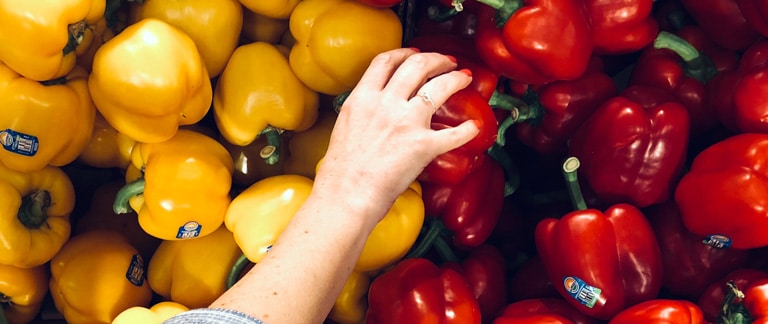Can you tell if personalization is working effectively on your commerce site, right now? Not just the “what” — content or products/offers is being shown — but why and how?
As companies forge ahead and invest in artificial intelligence and machine learning technologies for their e-merchandising teams, the goal is to treat every website visitor as an individual and let them pick out their own experiences instead of defining an one-size-fits-all “journey”.
While it’s true that I am based in California where cannabis is legal, I will assure you that no substances have been imbibed during the authoring of this seemingly mistimed post.
It’s because most of our retail and brand customers are gearing up for the holiday season right now, in August. And like most of them, the IT cutoff to make any meaningful changes, test, and deploy to production is before September.
Initially due to logistical reasons, as well as consumer proximity to physical stores, groceries were not a natural fit for digital buying. However, many consumers find the convenience of online ordering, payment and delivery options, preferable to shopping in physical stores.
Segmentation is a fairly age-old approach to personalize marketing campaigns. Segmentation basically is grouping individuals into ‘buckets, called segments based on pre-determined interests, geography and/or demographics. For example, in grocery, a segment might be defined as “People over 50 who typically spend £50 a week in-store” or “Families with children under 5,” etc. Segmentation used to help marketers cope with the abundance of data and plethora of consumers, and allow them to “personalize” experiences at scale. The one problem with this is segmentation is never a truly personal experience.
NRF 2019
It was just two years ago in 2016, that headlines everywhere were talking about the demise of retail, but this year at the annual National Retail Federation 2019: Retail Big Show, which opened on Sunday, January 13th, NRF Chairman Christopher Baldwin, chairman, president and CEO of BJ’s Wholesale Club stating what we all know to be the more accurate truth, “retail never went away”, and that today the “industry is more healthy, vibrant, innovative and exciting than ever.”
Digital grocery shopping has completely changed the grocery game. For better or for worse, local and long established grocers are now competing with, a new category of competitors who are born out of the ‘direct to customer’ era. These new age grocery and niche grocery players ship everything from fresh dairy and organic meats to their own white label paper goods. With so much choice and category confusion it’s increasingly important for grocery retailers to invest in shopper loyalty and keep shoppers coming back and building their baskets.
I over prepare for everything in life. I need to know in advance that things will be perfect and I’ll have everything I need for whatever task is at hand. Rewind to 3 weeks ago when my husband suggested that we host Thanksgiving in our small NYC apartment. I have never hosted a Thanksgiving before, so even though the guest list was small, I immediately began to prepare.
More than 40 percent of Americans plan to shop online for some or all of the groceries needed for their Thanksgiving or holiday meal, more than twice as many as in 2017, according to RichRelevance’s Digital Grocery Survey: 2018 Holiday Edition. Amazon is the top online grocery destination for shoppers, followed by big-box retailers such as Walmart and Target, and traditional supermarkets like Safeway and Kroger. The top Thanksgiving items consumers plan to purchase online are bundled ingredients for side dishes, canned items like cranberry sauce, and beverages including alcohol. Turkey and frozen/pre-made desserts are the least likely to be purchased online.








